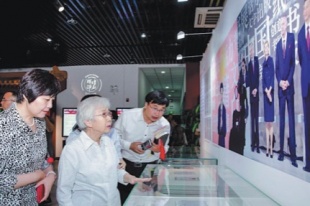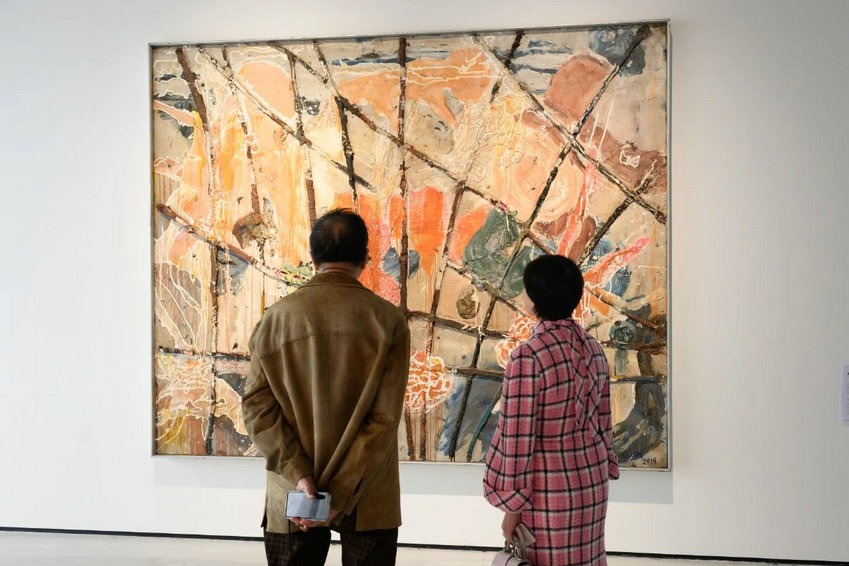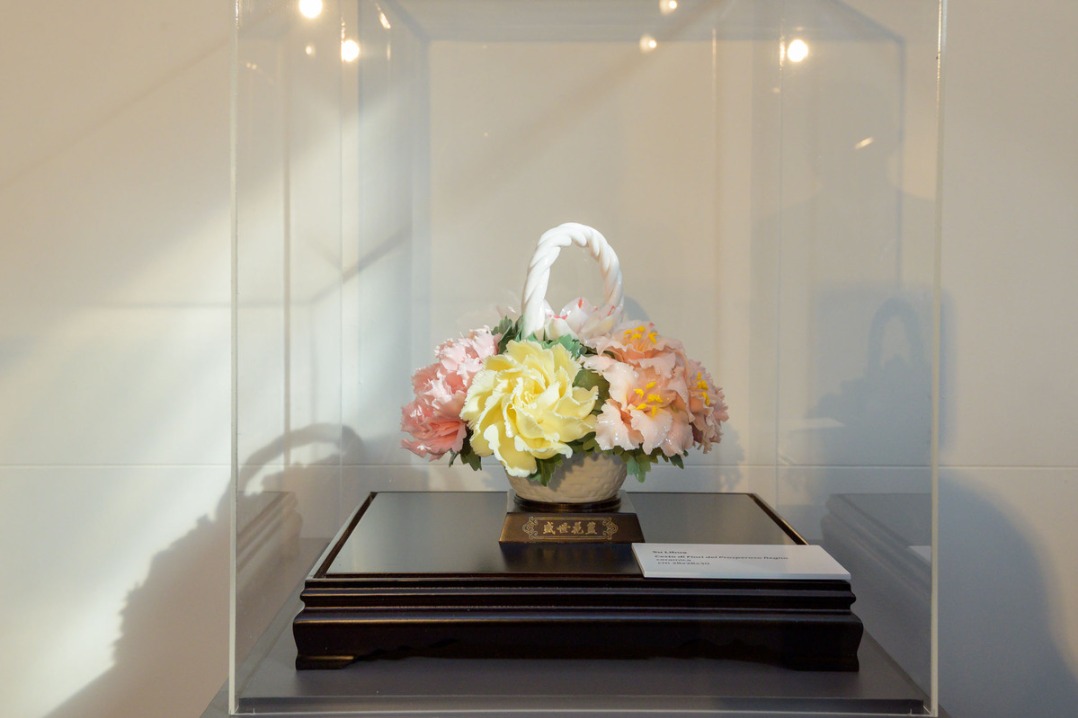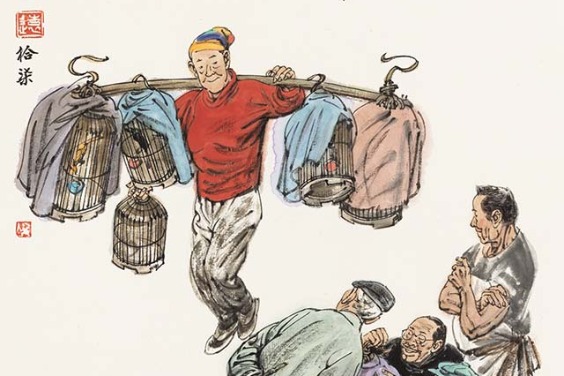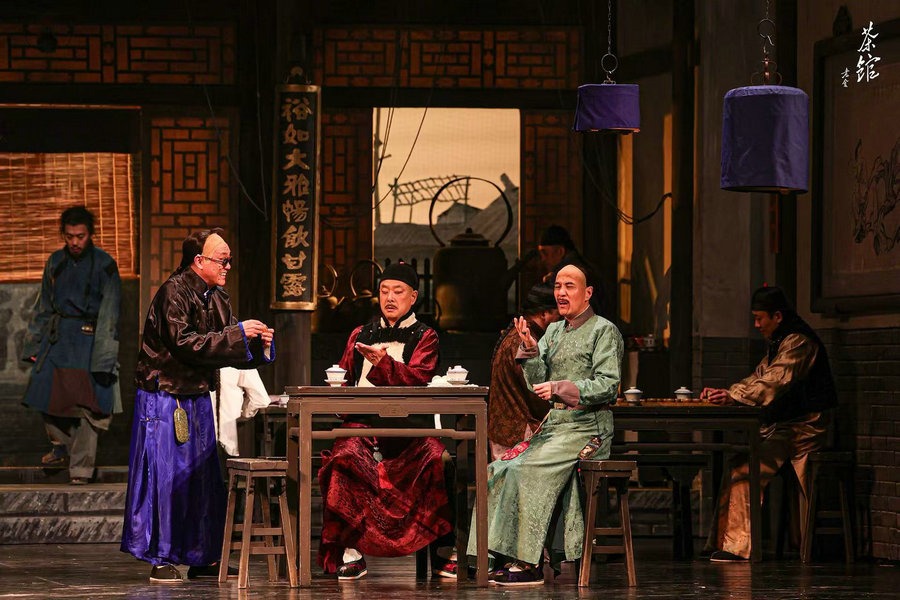Display highlights Chinese printing over decades


An exhibition about the development of Chinese printing opened in Beijing to celebrate New China's 70th anniversary on Sept 23 and will run for three months.
Hosted by the China Printing Museum and the Printing Technology Association of China, the exhibition is separated into four parts-namely, creation and exploration; reform and opening-up; prosperity and development; and integration and innovation. It shows over 80 exhibits related to Chinese printing.
At the opening ceremony in Beijing, Liu Xiaokai, head of the printing and distribution division of the publicity department of the Communist Party of China, introduced the changes in Chinese printing over the past seven decades.
"The general output value has increased from less than 100 million yuan ($14 million) to 1.27 trillion yuan in 2018. The number of printing enterprises has risen from several thousand to 98,000," Liu says.
The first section is about the development of Chinese printing immediately after the founding of New China in 1949.
It highlights an issue of People's Daily published on Oct 1, 1949, which records the ceremony to mark the founding of New China and the military parade held at that time in a detailed manner.
Some exhibits also record the changes in typesetting after 1949. In the first issue of the magazine Chinese Learning in 1951, the characters inside were typeset in vertical lines. But in the 31st issue published in 1954, the characters were printed in horizontal lines from left to right.
An issue of the Guangming Daily from Jan 1, 1955, when it provided a notice that its typesetting would be changed from vertical to horizontal, is also on display, according to Sun Baolin, director of China Printing Museum.
The second section tells about the improvements of Chinese printing in the years before and after the reform and opening-up in the late 1970s and early '80s. The highlight of this part are 748 projects that were launched to boost the development of Chinese-character processing that improved printing.
"The project was started in August 1974. A research group from Peking University, led by Wang Xuan, invented a computerized laser photocomposition system for Chinese-character typesetting, telling the world that Chinese people could independently make the historic change from letterpress printing to electronic publishing," says Sun.
An edition of Economic Daily published on May 22, 1987, is on show. It was the paper's first attempt to use Wang's computerized laser photocomposition system to make four pages.
This section also shows a People's Literature magazine published in January 1978, which contains an article headlined Goldbach's Conjecture that records how Chinese mathematician Chen Jingrun tried to uncover Goldbach's theory.
The article became popular after publication and got many people interested in math at that time, says Sun.
The third part shows the further development of printing from 1988 to 2012. During this period, regulations on monitoring and regulating Chinese printing were issued, and the China Printing Museum was established as the world's largest museum dedicated to this field.
The final section shows the industry prospering in China. Chinese printing has become more visible at international book fairs.
At the opening ceremony, Wang's wife, Chen Kunqiu, who also worked on the computerized laser photocomposition system for Chinese-character typesetting, recalled the changes she witnessed.
"In the past, we had to spend about a year to print a book with 200,000 to 300,000 characters. Newspaper had a handful of black-and-white pages. People living in cities outside Beijing could hardly read the day's newspaper like People's Daily in time," Chen recalls.
"But since printing technology has rapidly developed, the situation has changed. Our technology has been exported outside, which was unthinkable in the past.
"The development of printing also reflects China's development. China has developed through Chinese people's own struggles. So has Chinese printing."


